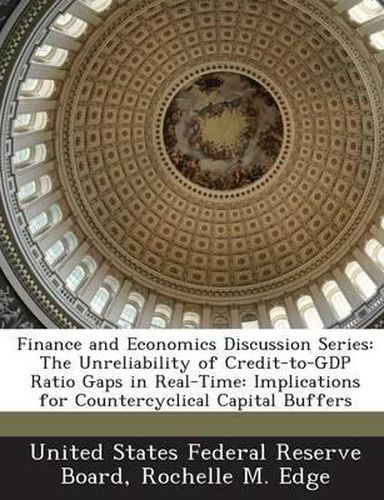Readings Newsletter
Become a Readings Member to make your shopping experience even easier.
Sign in or sign up for free!
You’re not far away from qualifying for FREE standard shipping within Australia
You’ve qualified for FREE standard shipping within Australia
The cart is loading…






Macroeconomists have long recognized that activity-gap measures are unreliable in real time and that this can present serious difficulties for stabilization policy. This paper investigates whether the credit-to-GDP ratio gap, which has been proposed as a reference point for accumulating countercyclical capital buffers, is subject to similar problems. We find that ex-post revisions to the U.S. credit-to-GDP ratio gap are sizable and as large as the gap itself, and that the main source of these revisions stems from the unreliability of end-of-sample estimates of the series’ trend rather than from revised estimates of the underlying data. The paper considers the potential costs of gap mismeasurement. We find that the volume of lending that may incorrectly be curtailed is potentially large, although loan interest-rates appear to increase only modestly.
$9.00 standard shipping within Australia
FREE standard shipping within Australia for orders over $100.00
Express & International shipping calculated at checkout
Macroeconomists have long recognized that activity-gap measures are unreliable in real time and that this can present serious difficulties for stabilization policy. This paper investigates whether the credit-to-GDP ratio gap, which has been proposed as a reference point for accumulating countercyclical capital buffers, is subject to similar problems. We find that ex-post revisions to the U.S. credit-to-GDP ratio gap are sizable and as large as the gap itself, and that the main source of these revisions stems from the unreliability of end-of-sample estimates of the series’ trend rather than from revised estimates of the underlying data. The paper considers the potential costs of gap mismeasurement. We find that the volume of lending that may incorrectly be curtailed is potentially large, although loan interest-rates appear to increase only modestly.